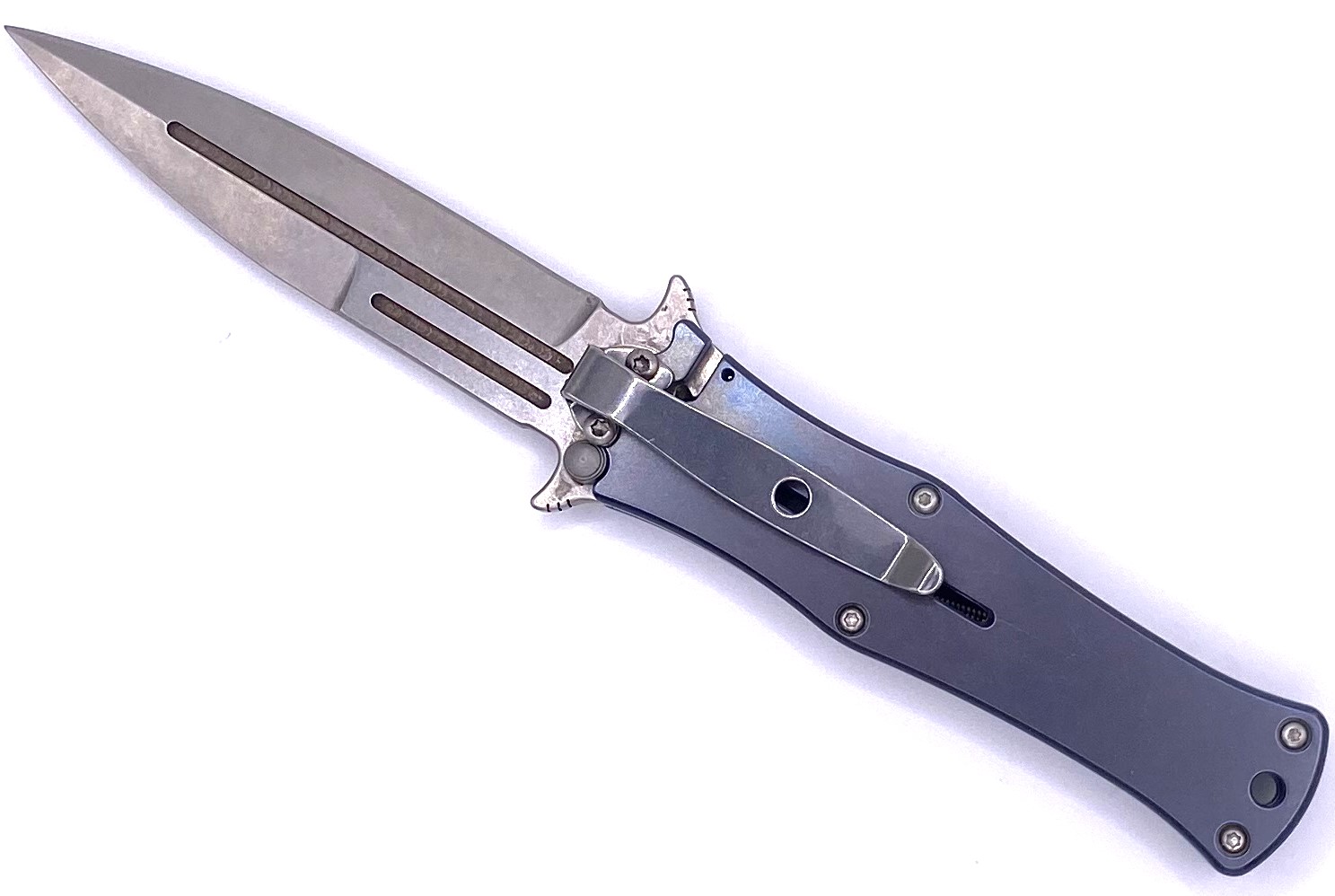
Custom knives come in a wide variety of blade styles, each designed with specific purposes in mind. The choice of blade style can impact the knife’s functionality, cutting ability, and overall appearance.
Characterized by a convex curve on the back of the blade, the drop point is a versatile and popular blade style. It provides a strong and controllable point, making it suitable for general-purpose use.
The clip point features a concave cutout on the top of the blade, creating a fine and sharp tip. This style is excellent for piercing and precision tasks and is often found in hunting and tactical knives.
Inspired by Japanese swords, the tanto blade has a straight cutting edge and a second, angular point. Tanto blades are known for their strength at the tip and are popular in tactical and self-defense knives.
Similar to a symmetrical dagger blade, the spear point has a point that is in line with the center axis of the blade. This design provides a good balance between piercing and slicing capabilities.
Sheepsfoot blades have a straight edge and a curved back, with a blunt, rounded tip. This design is excellent for tasks that require controlled cutting without a pointed tip, such as cutting on a flat surface.
The hawkbill blade has a sharply curved cutting edge with a concave spine, resembling the talon of a hawk. This design is often used for cutting materials like rope and straps.
These are just a few examples, and many custom knives may incorporate a combination of features to create a unique and specialized blade design. When choosing a custom knife, consider the intended use, personal preferences, and the specific advantages of each blade style.